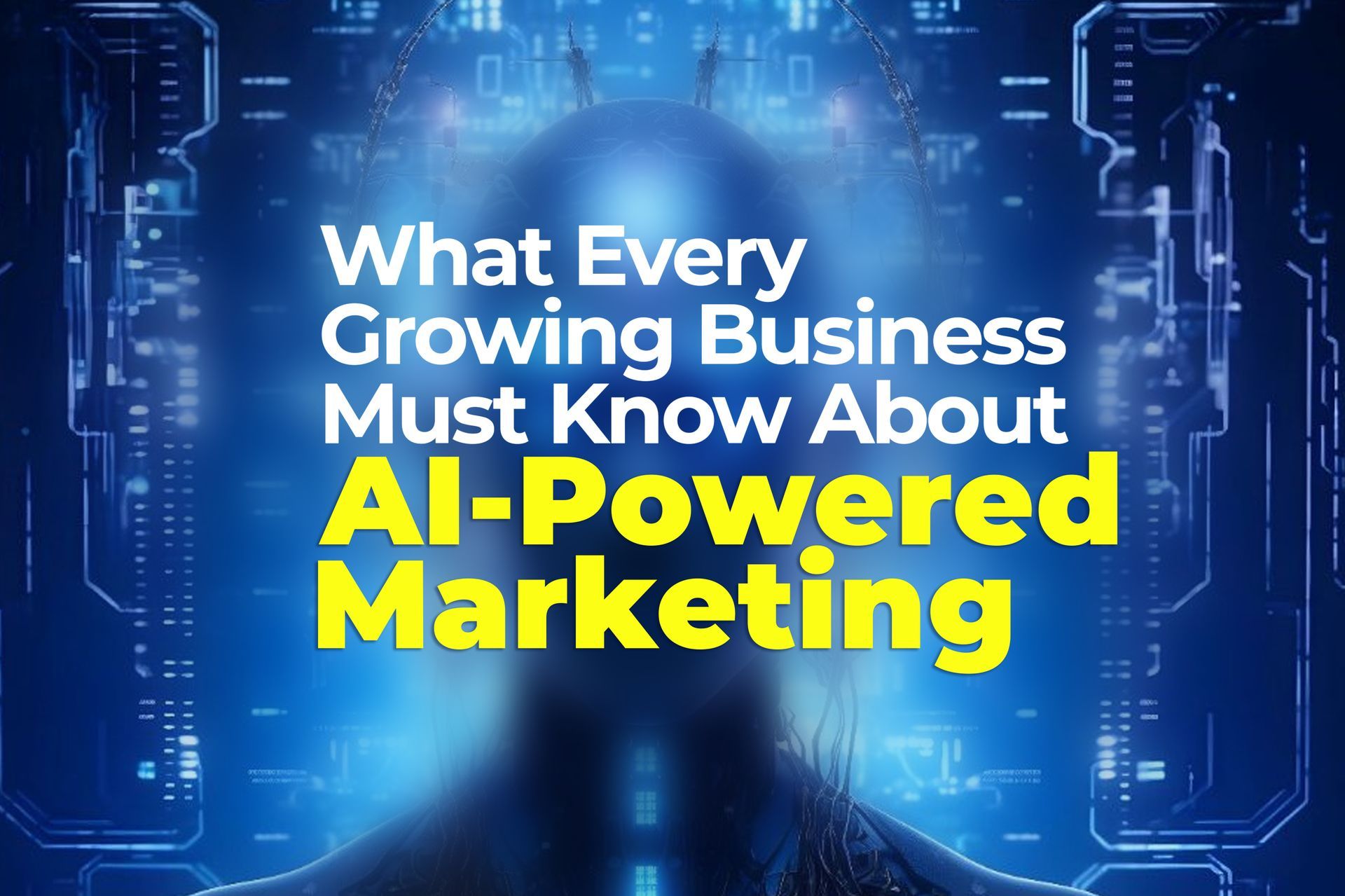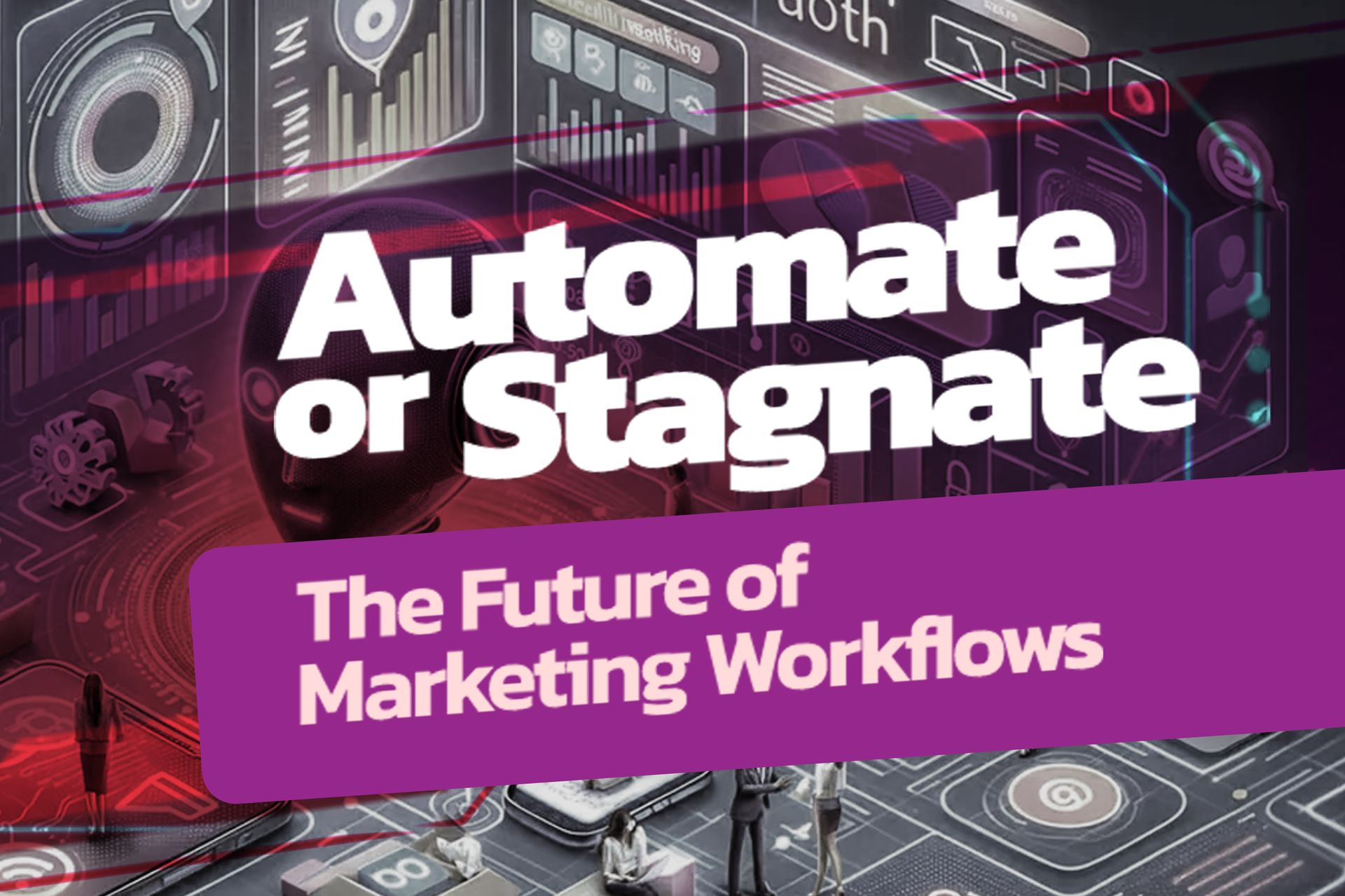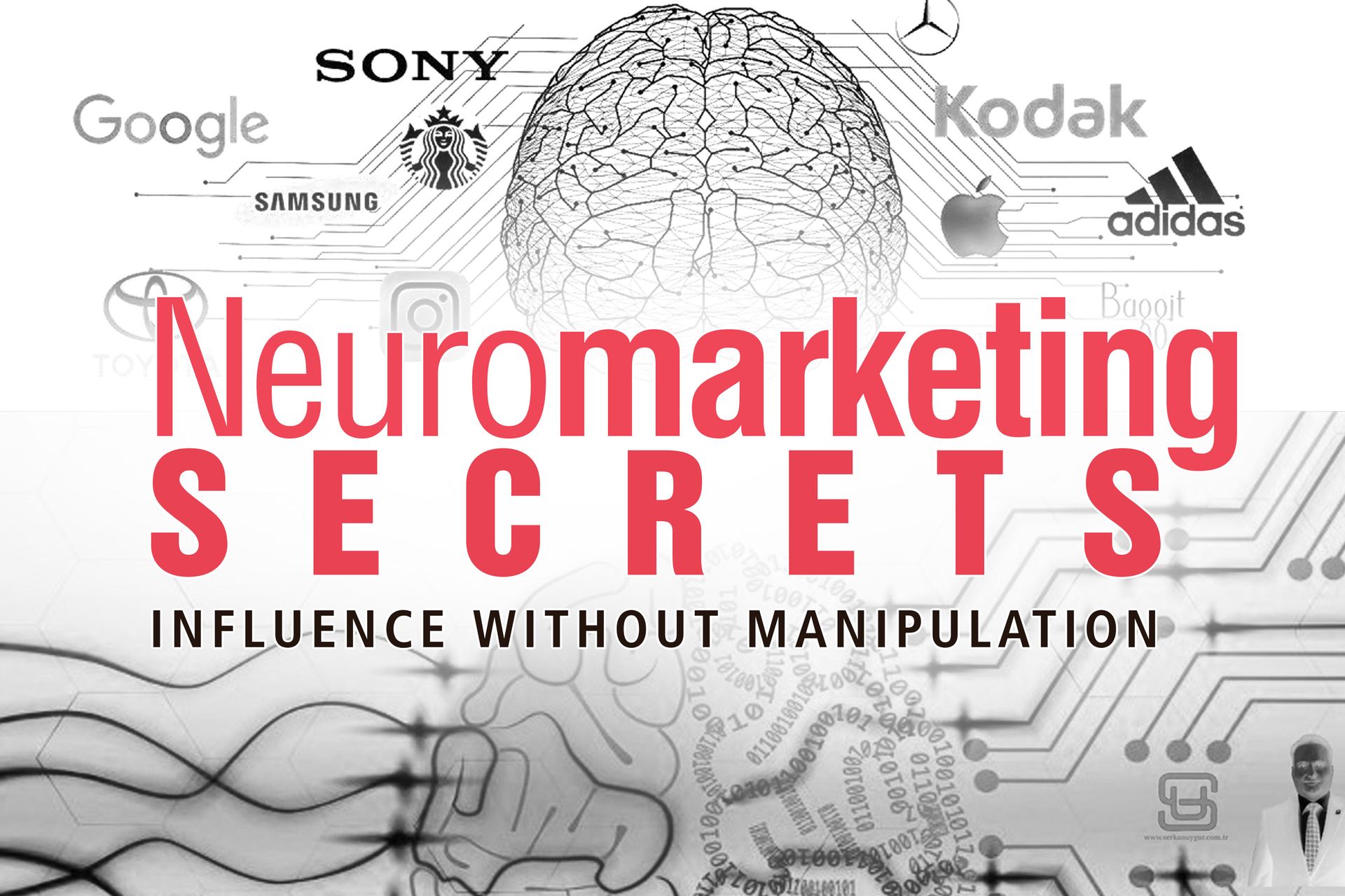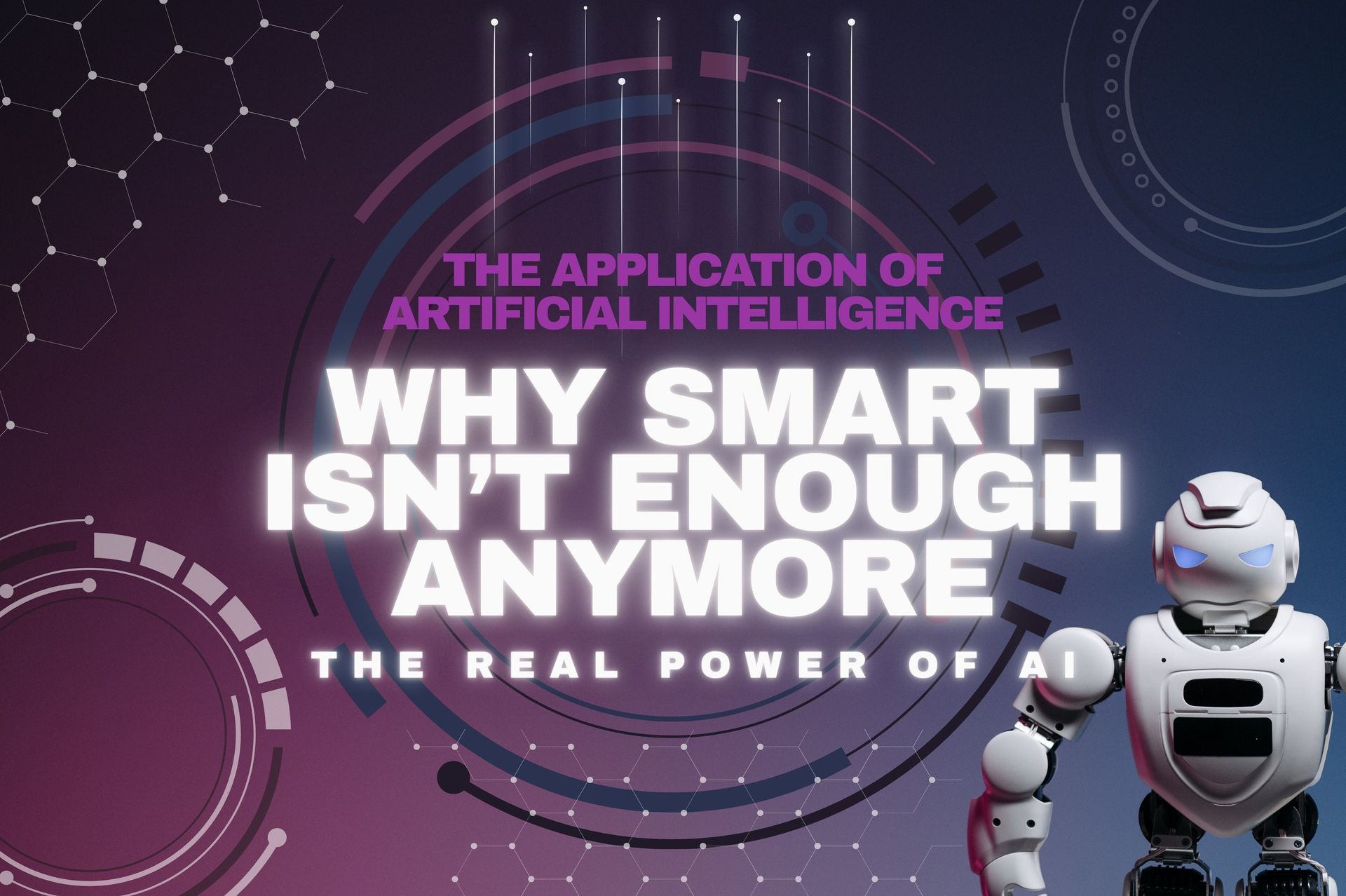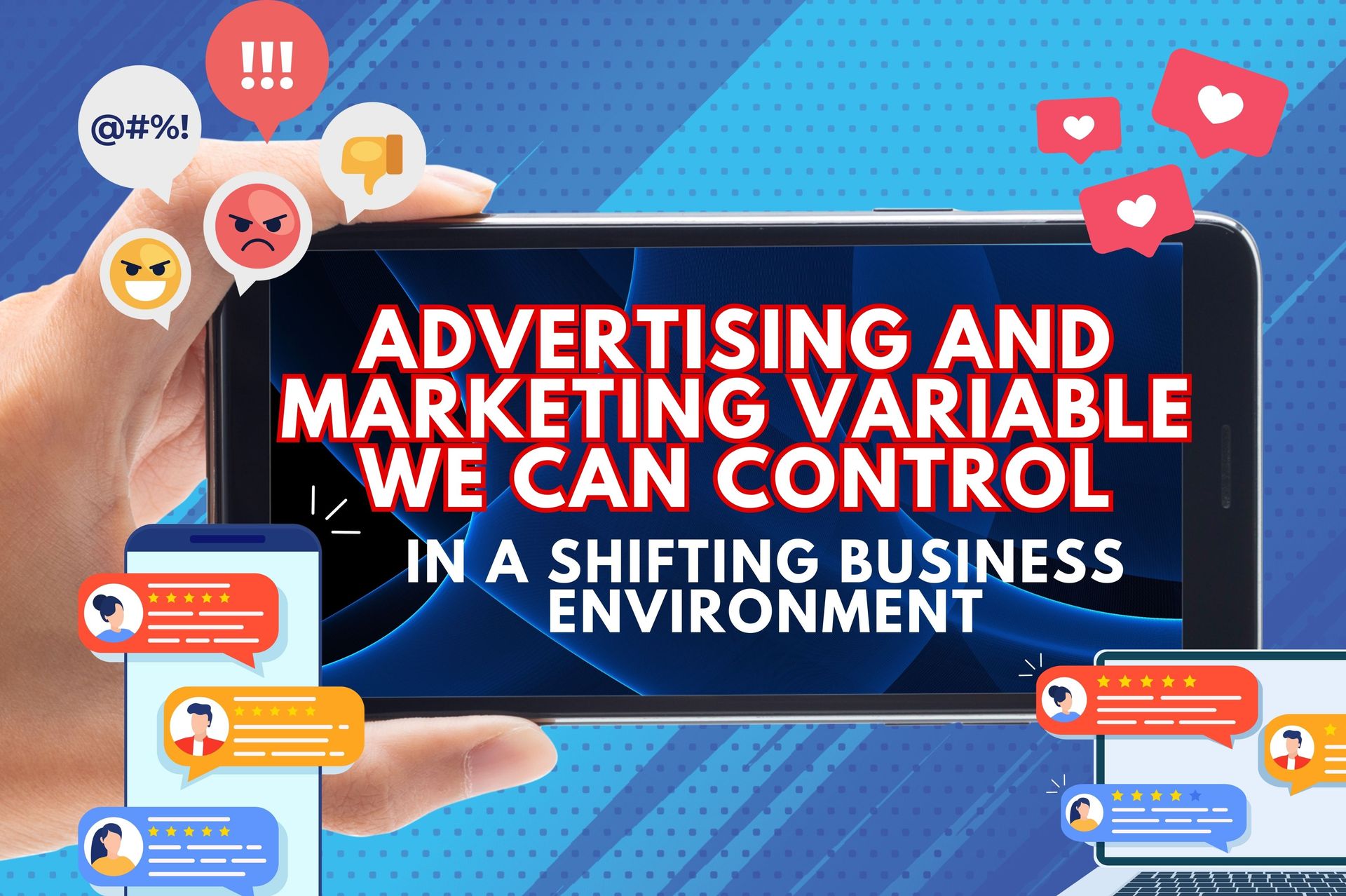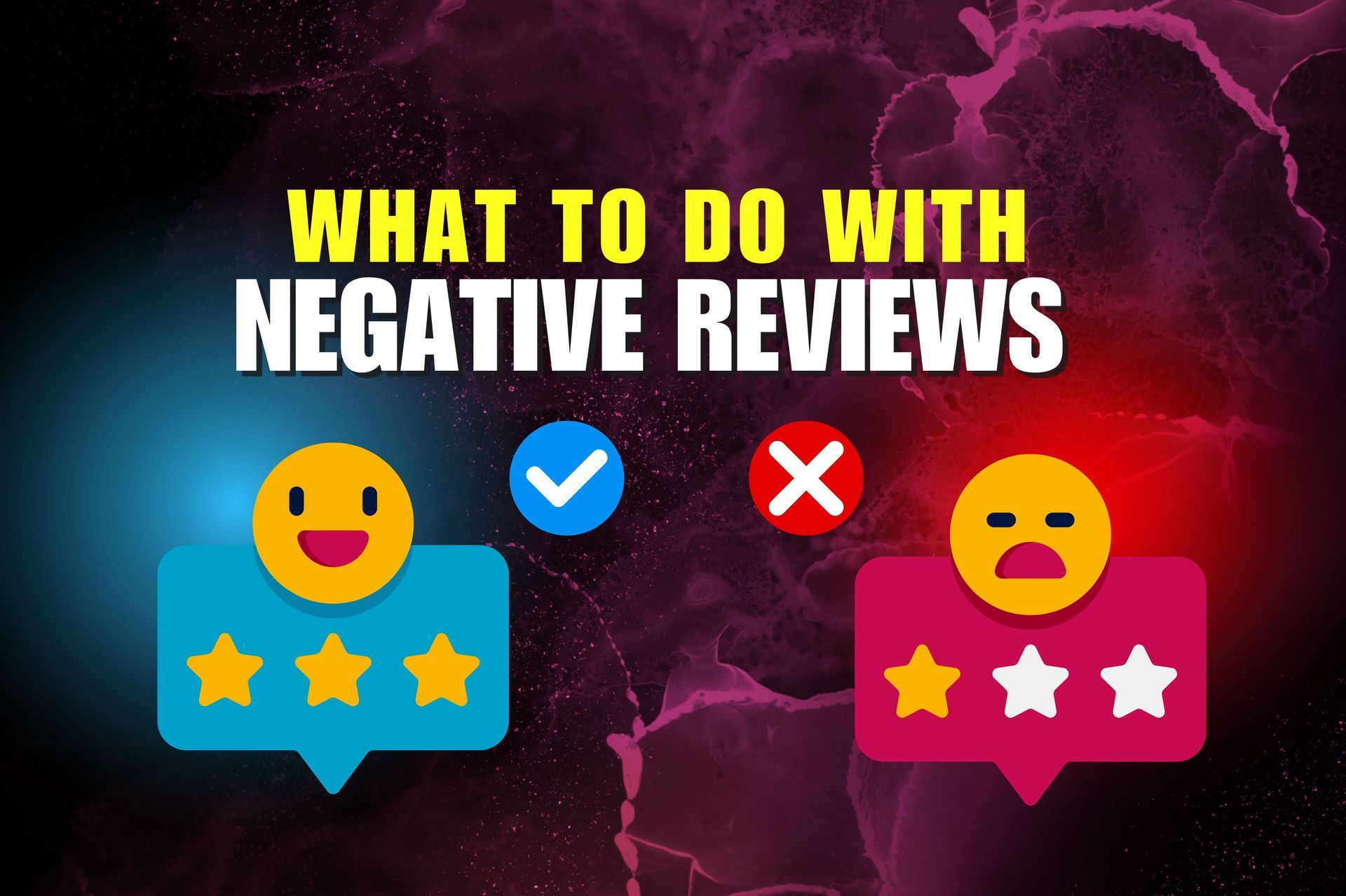Get AI WORKING for your business WITHOUT blowing stuff up
Get AI WORKING for your business WITHOUT blowing stuff up
What's up guys? We all know that artificial intelligence is revolutionizing business everywhere in almost every different category of what we do. But implementing it can feel like we're walking a tight rope. So let's make sure that you don't fall off while taking that first leap for your business. Whether you're a startup or an enterprise, AI can supercharge your operations. But here's the deal. It's easy to overspend, misstep, and even break what's already working in your business, your workflows, and your existing processes. So let's talk strategy. First off, we want to start by identifying the pain points in your workflows. Where are their failures? Where are their loop outs? Where are their go backs and issues where things are breaking down? You got to zero in on those. And it could be customer service, could be data analysis, could be your marketing, could be content creation, could be lots of different categories, even like logistics and tracking fulfillment and all sorts of other areas.
So we want to look at all those workflows and find where the pain points are and clarify the problem. And the more we clarify the problem, the more we can craft, train and implement AI in a meaningful productive way. So not all AI tools are built equal, and I think that's one of the things that's happening with the market right now. So there's a big sort of shuffle as everybody races to come with the best variants and the best processes and the highest server speeds and response rates and what they do. So we have lightweight tools that are kind of publicly facing stuff like chat, GPT and free platforms that can also be trained on their backend to do great things like customer service and tell stories and understand all the details around a product or service or something that you might offer. And then you go over to image generating stuff like Dali and other tools to work on creative.
But either way, all of what you do there, and you have to be careful is that scalability matters, right? So you can't start with something that's kind of like a retail not heavily resourced tool and then expect to make it scale and be able to handle, say hundreds or thousands of customer service requests as an example on an hourly basis and do it in a good way. So you have to be careful about what you're testing, what you're working with, and is that actually a realistic representation of how it's going to work in the real world. Now for a lot of small businesses, some of that stuff doesn't apply, but you get bigger and you've got, in our case, customers have 25 to 50,000 web hits a day. That's a real concern. So piloting small AI projects before rolling them out business-wide is super important, but they also have to be tested and designed with a backend that can meet the eventual needs at scale.
So we've got to test, tweak and then go big, but make sure that we're ready to go big and we don't have something that's going to go big and then break and fall apart. The next thing is just talking about adoption when AI adoption fails, when it fails, when your team doesn't understand how to use it. And that's one of the other things we're seeing right now is there's assumption with a lot of folks that it can just do all sorts of stuff, but it's like any tool in your business system, any other software tool, it needs to have a place. The folks that are involved with it need to be trained about how to use it effectively, efficiently, and profitably for your business. It can't just be like let loose a wild dog and everybody just chases around the room trying to figure out how to get it to behave.
So that's another thing is to not make the assumption with the human component of your business that they're going to automatically adopt and use it in the way that you haven't envisioned. So either, even if you can solve all the stuff we just talked about, you still got to go right back to your human workforce and the folks that are going to be involved with piloting, interacting and implementing it and make sure that what they do and how they do it is in alignment with the goals and outcomes that you're seeking. So you just got to be careful not to walk into the trap that everybody's just going to figure it out, right? It's far more complex to that, and that's the sort of next version of making it work. If you get through all the first steps, you get this thing ready to go, it's doing all the stuff, okay?
)
It's like hiring another team member in some regards. You can just throw 'em in there and accept everybody to work it out. So you still have to define roles and responsibilities, workflow, and almost like a job description type of thing, and have that on a process flow, organizational chart, or in another way that everybody can visually understand what the heck it's supposed to do. So that kind of takes us to the next point here, which is it is not a set it and forget it type of tool. You're going to really have to, with this one, regularly evaluate its impact, positive or negative, and it can go either way, just like everything in business. And then on the positive side, optimize and iterate and continue to train and implement and make it better. And that's what we always want to do in business. And then on the negative side, try to cut off any negative outcomes as rapidly as possible.
So that entire reality though, requires that we don't just walk away once we plug the thing, it needs oversight, needs supervision, it needs evaluation. So we have to establish when we're designing and implementing what the key metrics will be to measure the success of even doing it. Just like everything in business. Okay, so if it's going to do customer service, what are the metrics by way we measure that it's doing that job well or that it's helping or it's not just pissing people off and they just feel like, why is there this layer between me and somebody who can actually help me? And I experienced a little bit of that yesterday. You can see a lot of chat systems now are leading with AI and then doing a handoff to a human. And I was in the AI component of that process, basically just trying to get the AI to shut the hell up and give me to a real person because it clearly was just looping me round and round and round and round.
So I don't know what that company's doing to evaluate that conversation flow and that it wasn't productive. But that's a great example of where we think it's all hunky dory. We put it out there and just aggravates our customers because it just really, again, want to specifically in that example, get their problems solved, not play games with some little new widget. And we all need to remember that as we roll this stuff out, it still has to play by the normal rules, which is businesses are in business to solve problems for customers. And the more friction we introduce into that process, the less valuable our business is to our customers. So we have to go in a conscious way, in a direction that reduces friction, makes problem solving easier, makes our customers happy, makes our outcomes better, makes it more efficient, and to some degree, hopefully less costly.
But if we get off that road, we get off that set of objectives just for the sake of doing some new stuff, we've definitely lost our way. Okay. So the other piece of that, and the next sort of natural part of the conversation is to avoid overloading your workflows, especially now while things are new with AI tools and relying on it for say, all sorts of decision making, expecting it to have wisdom and experience, which it does not, right? It's very academic and it can be extremely helpful in that type of category of thinking, but it also doesn't have the experience that you have. It doesn't have your wisdom, it doesn't have your intuition, it doesn't come with that stuff yet. Those are definitely some very subtle hard things to replicate. And then it will probably be a long time before we see any sort of evidence of that kind of well-rounded attributes, the stuff that we bring as human beings to the conversation that is right now absolutely irreplaceable.
So we're going to want to use AI to compliment our human expertise specifically in those areas, but not replace it, and also not leave the stuff that we bring to the conversation at the door with this idea that we're going to get to mentally check out with our business, our processes, and what we're trying to achieve. That is not what's going on right now. So it is rocket fuel. It can make a ton of things faster, cheaper, better. I mean, we're seeing lots of companies specifically like in coding and things like that where you could just get, I had a good friend of mine the other day who had basically a week's worth of coding work compressed down into a matter of a couple hours. That's incredibly powerful and absolute game changer. So there are certain subsections, business specifically in technology and other areas where this can just be absolute jet fuel and accelerate the timelines and so forth to degrees that were hard to even contemplate before.
So that's amazing. But without a solid launch plan, you're never really going to get to orbit. You're never going to get, you're going to just, it's like anything in life. You don't build on a good foundation, you're going to have a shaky house, and it's just going to be breaking and kind, falling apart all the time. So you got to step by step, like everything. So start small, stay smart, and let's get it working for you. So if you guys like this conversation, you got some comments, push back. Everybody's jamming on this stuff right now. Hit me in the comments. Always happy to go round and round and introduce more thought into these videos. And if not, I will see on YouTube on the next one.

